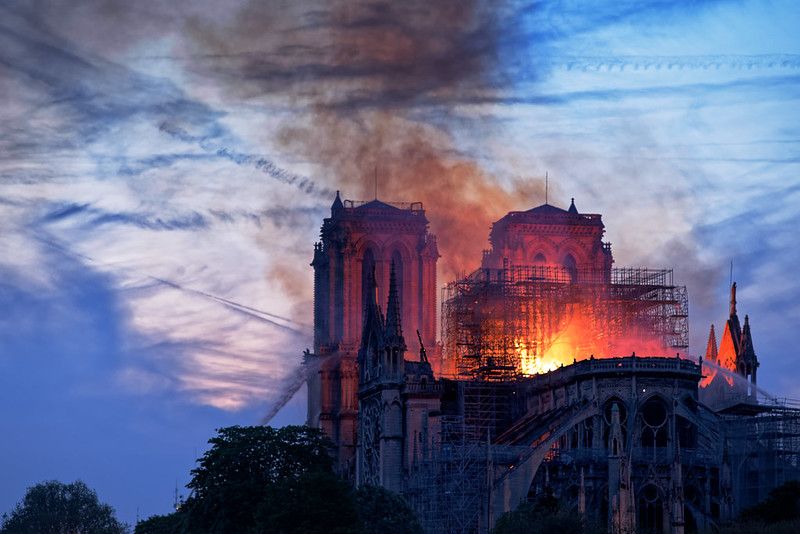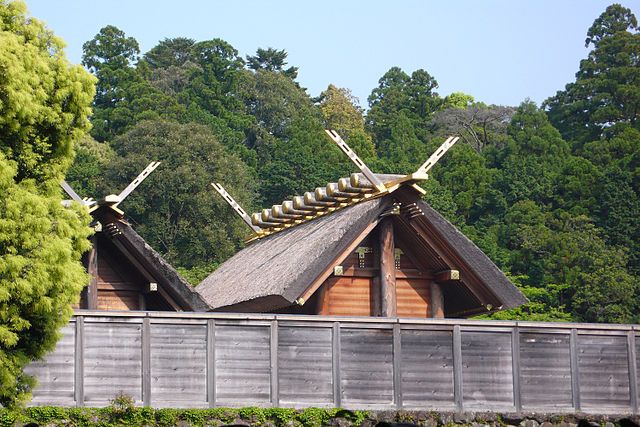Hey Architects Remember That Buildings Don’t Exist

Remember architects it’s simple, buildings don’t exist! I know it sounds absurd but indulge me a second and lets think it through together.
Here is what I am saying summarised really simply. Buildings are objects and objects are concepts and they don’t exist independant of the mind.
The thread of this argument can be traced through Book X of Plato’s republic through Hobbes and Locke with the Ship of Theseus down to the present day.
So lets follow a simple example as set out by Steve Patterson his article ’No, Chairs Do Not Exist’1. Think of John Locke’s sock. It gets a hole in it and then gets darned. Is it now the same sock as before? What if over the years it was repaired and darned again and again, what if no original wool was left of the sock. Would it still be the same sock or a completely new one?
Different philosophers have come to different conclusions about that. But one easy way would be to say a sock never existed as a sock in the first place. Here is how Patterson explains it;
a) The physical world is real, and it is separate from the human mind.
b) Physical reality is made up of fundamental “bits” of matter — call them “atoms”, “quarks”, or “Planck units”.
c) These fundamental units are arranged in different ways.
d) The human mind names particular arrangements of matter as “objects” for easy reference.
e) Assigning a name to something does not create a new “thing”.
f) Therefore, all “objects” are merely references to bits of matter, not to independent, unified “things”.
So now the sock problem has been removed. The arrangement of molecules that make up a sock exist but the concept of a sock is a mind dependant one. The state of John Lockes sock is not dependant on the actual material fact of it’s existence but the state of it in or own minds.
How does this apply to architecture? Well lets take a couple of examples.

In Japan one of the most important Shinto shrines is the Ise Jingu Grand Shrine in Mie Prefecture. This shrine is torn down and then rebuilt every twenty years. They have been doing this for the last 1,300 years, and we are currently on the 62nd iteration of the same shrine. Is the current building ‘new’ - it was built in 2013, or ‘old’ - its been the same building for the last 1300 years? Is it the same building or a different one?
Lets take a building from the West in which traditions of building and ideas about timelessness and authenticity are different. The Construction of Notre Dame in Paris began in 1163 2. By 1260 this phase of building was largely complete, but by 1350 new chapels had been added and the transept remodelled among many other additions and alterations. Two hundred years in and construction had never stopped.
King Louis XIV made changes in the C17th and in the C19th Viollet-le-Duc made extensive changes 3 including rebuilding the medieval spire to a new design and adding all the gargoyles. In 2019 a fire ravaged the Cathedral and France came together and quickly resolved to restore the cathedral.
There was an architectural ideas competition to make a new design for the spire, after all it was in no way original but the Viollet-le-Duc spire won out. The fire restoration takes the church back a the state just before the fire. Strangely for the first time in history the Cathedral had been rebuilt but not infact been changed.
Certainly there is a strong cultural argument for preserving the Notre Dame of Viollet-le-Duc 4, but there is no argument to be made for originality or faithfulness to the original church as there is none it has constantly changed over its life.

Both Notre-Dame and Ise Jingū illustrate both sides of the problem of the existence of architectural objects. Is Ise Jingū more or less original than Notre-Dame, more or less timeless? Notre Dame is made of original material, wall literally over a thousand years old but there has been no stable design, its evolved over time. Ise Jingū has no original material, not even close, yet its design and form has barley changed over a millenia.
Surely it’s better to think of these buildings in context of their history, social, economic and aesthetic situations. We can appreciate each different cultures approach to spirituality, timelessness and aesthetics. Their authenticity is always dependant on which lens you look at the building through and maybe isn’t always a helpful metric.
Perhaps recognising that under a certain view buildings don’t exist helps us understand their Architecture better in the long run. Just understanding that our experience is mediated and always conditional on different things might help. Oh yes and don’t forget The Digital World Really Exists
And the prisoner released from the cave, will he not fancy that the shadows which he formerly saw are truer than the objects which are now shown to him? — Plato, The Republic (4th century B.C.)
See the article No, Chairs Do Not Exist by Steve Patterson. The Philosophy of this post is taken from this article. Also worth noting that Steve has moved away from this view see Coming Around to Platonism. I think I provisionally agree but for the purposes of this post I think a strong counter-intuitive position helps thinking about buildings in a more interesting way.↩︎
Not counting The Roman Temple to Jupiter on the same site or the Romanesque church there before the C12th.↩︎
A good argument for restoring to the Viollet-Le-Duc state can be found here↩︎